Why does the physical still hold a special place in an increasingly digitalised world?
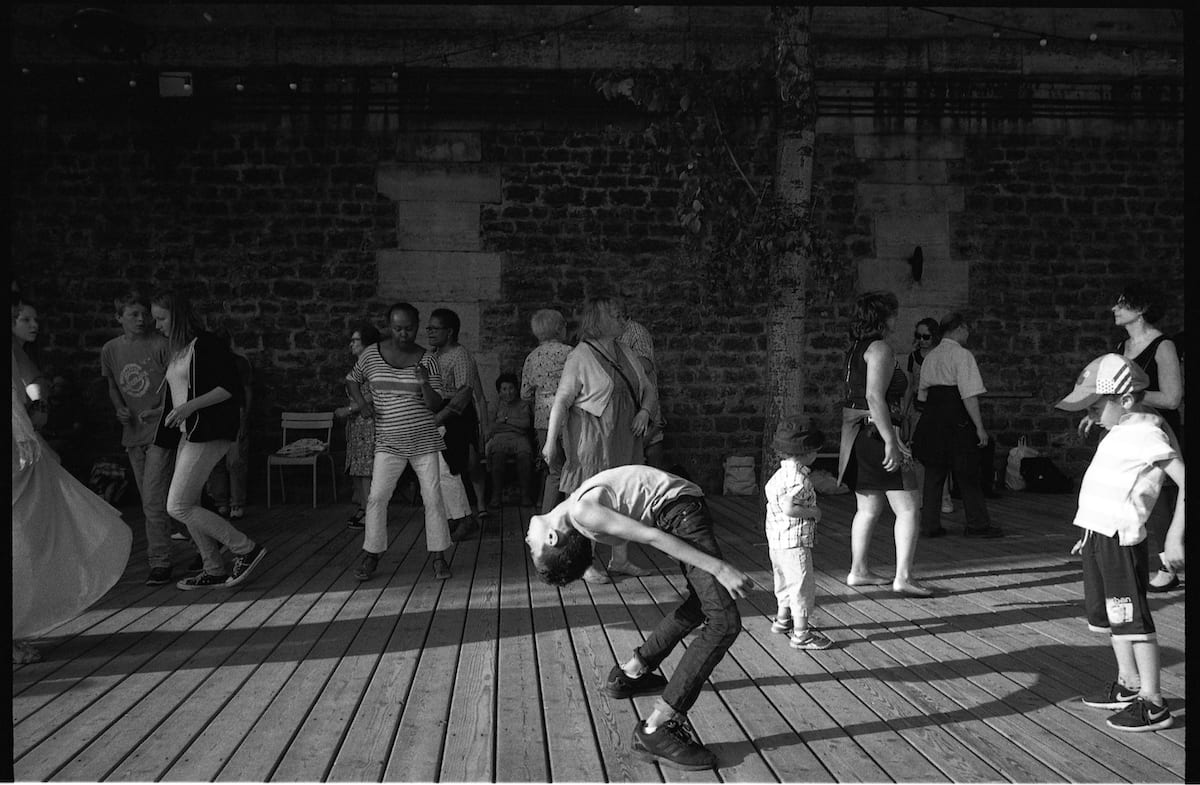

Why does the physical still hold a special place in an increasingly digitalised world?
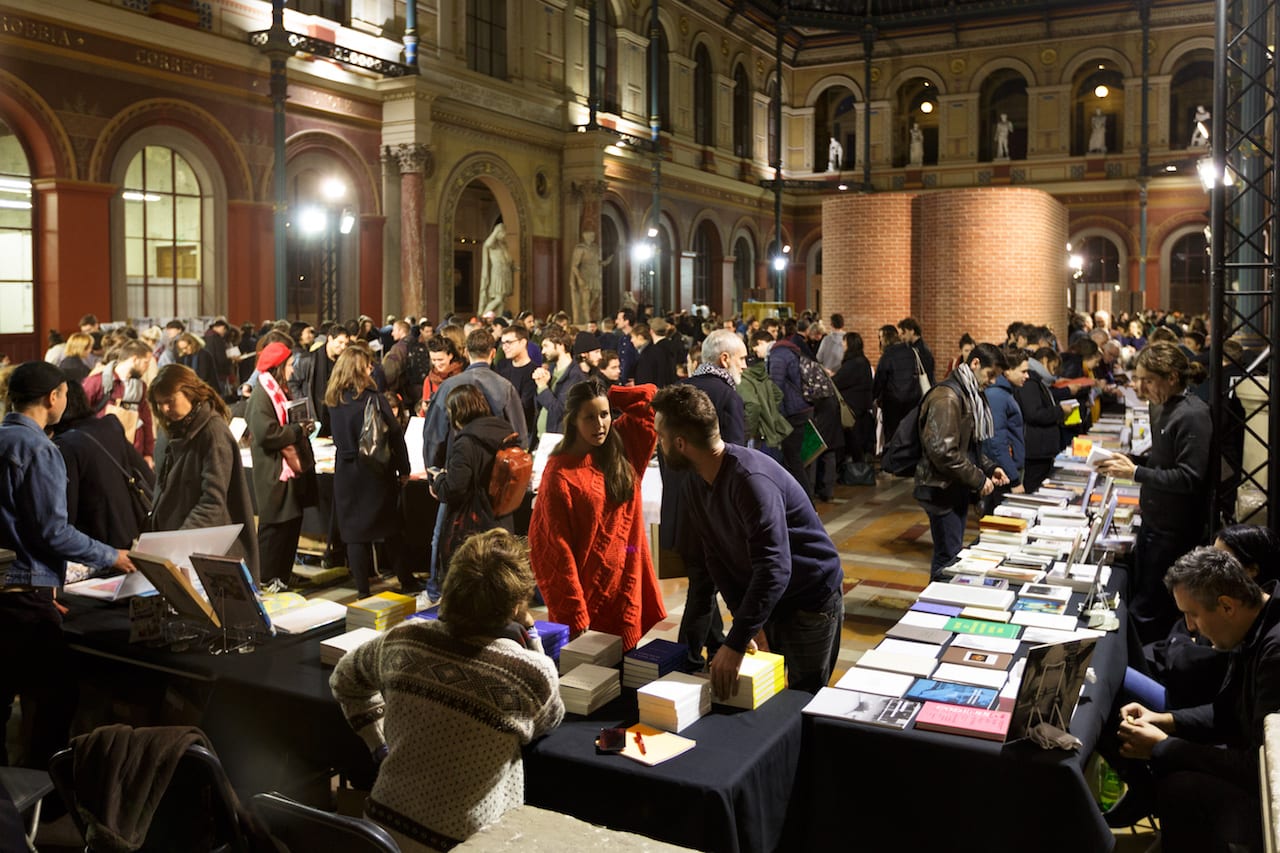
Paris Photo is epic, but beyond the Grand Palais there’s a plethora of other photo-related events in the French capital. For those interested in photobooks there are two essential book fairs – Offprint and Polycopies, both showcasing some of the most interesting new work in photography and beyond; there is also a week-long photo focus at the world-famous Left Bank bookshop Shakespeare & Co.
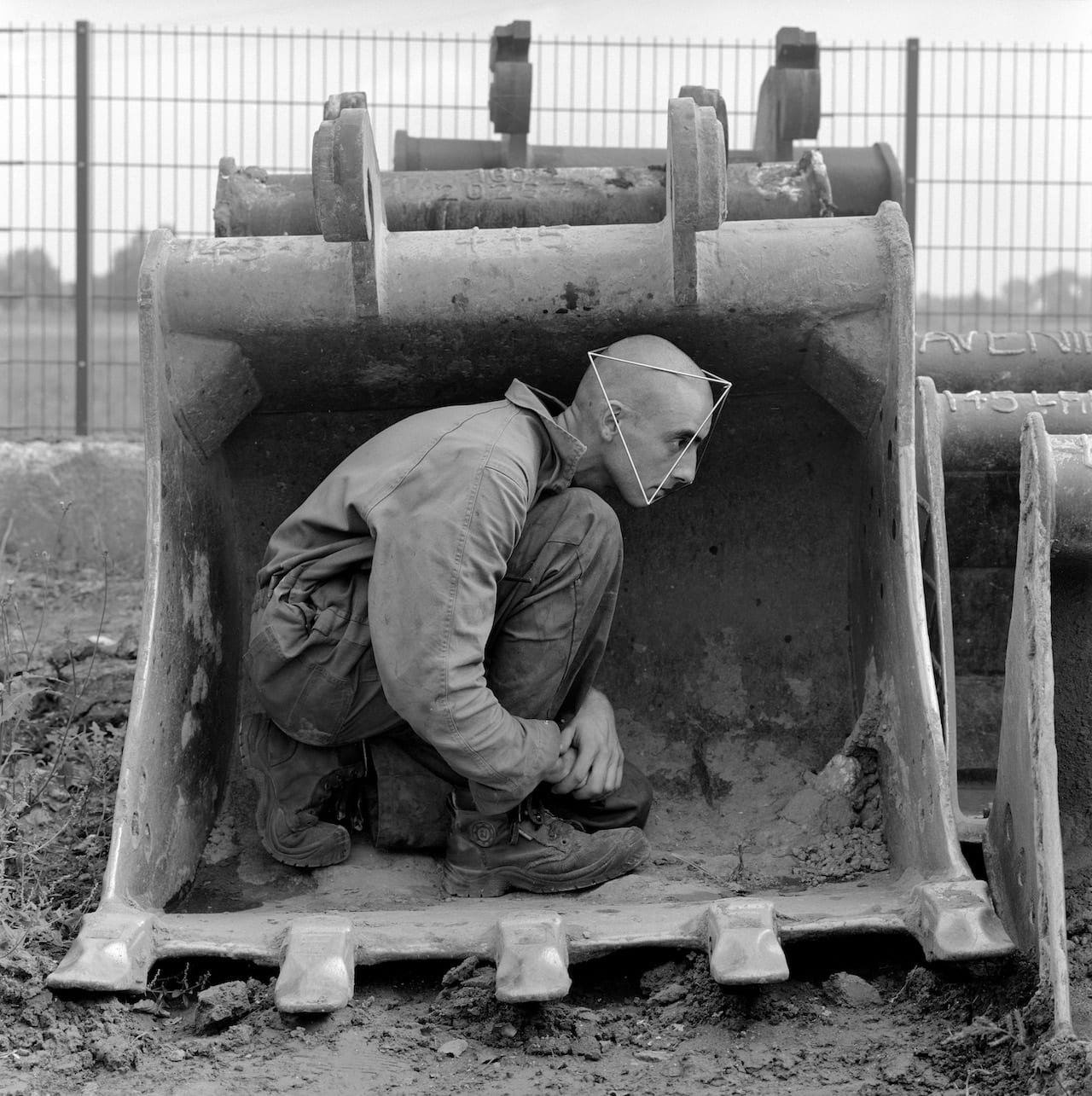
In 2017, Brian Griffin was invited to undertake an artist’s residency in Béthune-Bruay, northern France. Griffin, who is one of the most prominent British photographers of his generation, was initially selected because of the links between this region and his native Black Country, Midlands – both in terms of landscape and industrial heritage. But Griffin soon had other ideas, drawn from the fact that Béthune-Bruay was just ten miles from the Western Front during World War One. “I’m just a basic Black Country boy and I do make some obvious decisions, which do many times turn out to be fruitful,” he says. “So I decided to focus on the First World War.”
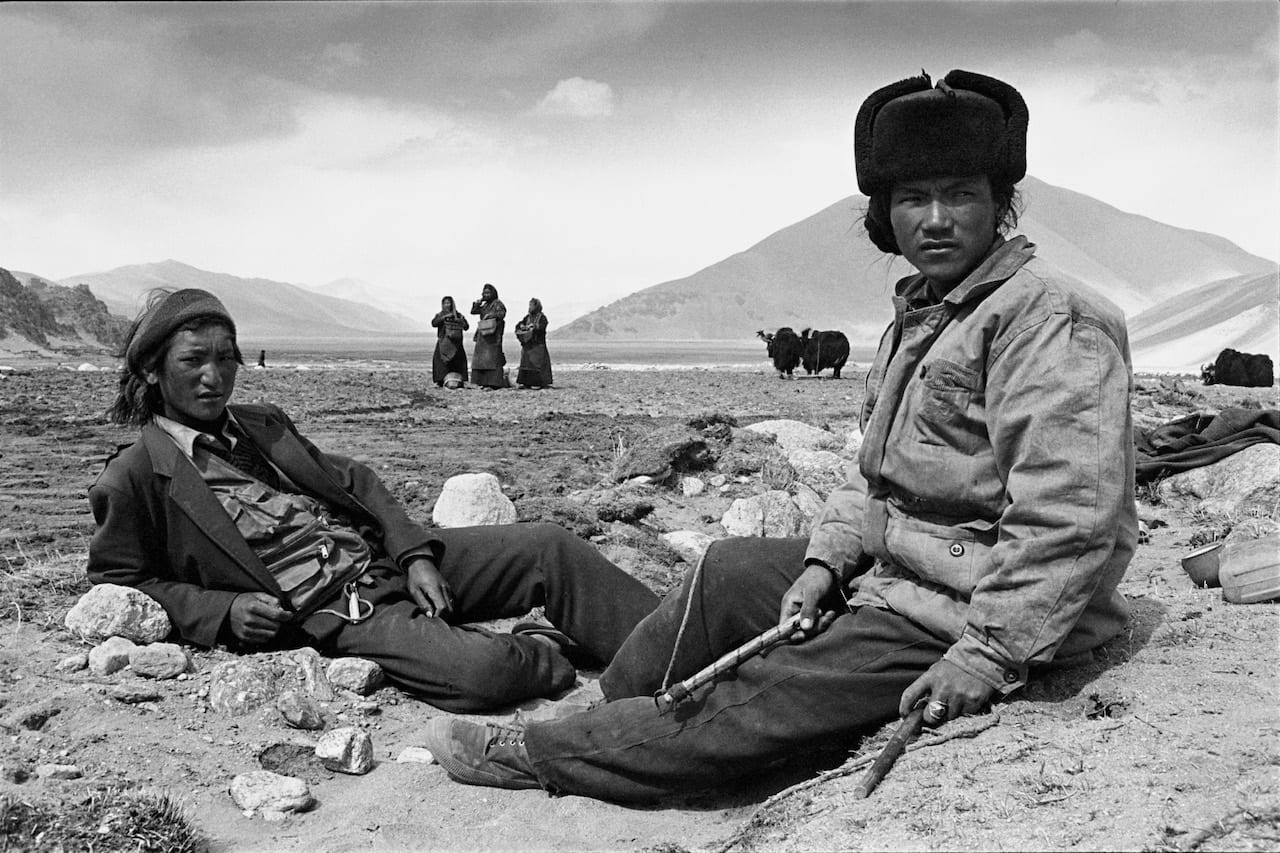
“In 15 years, not a day went by when I didn’t question my own work,” says Chinese photographer Lu Nan, in an interview included in his new book Trilogy. “That’s why I scrutinise what I was doing by means of reading. This mode of assessing action through thought and assessing thought through action helped me to complete these projects.
“The trilogy is concerned with human beings. I hope that by looking into real life, I’ll find something fundamentally and enduringly human.”
Lu Nan isn’t well known outside China but this book, his first in English, should change all that. It collects together three projects he shot over 35 years – The Forgotten People, a look at the lives of Chinese psychiatric patients, shot from 1989-1990; On the Road, a look at the lives of Catholics in China, shot from 1992-96; and Four Seasons, a look at the lives of rural Tibetans, shot from 1996-2004.
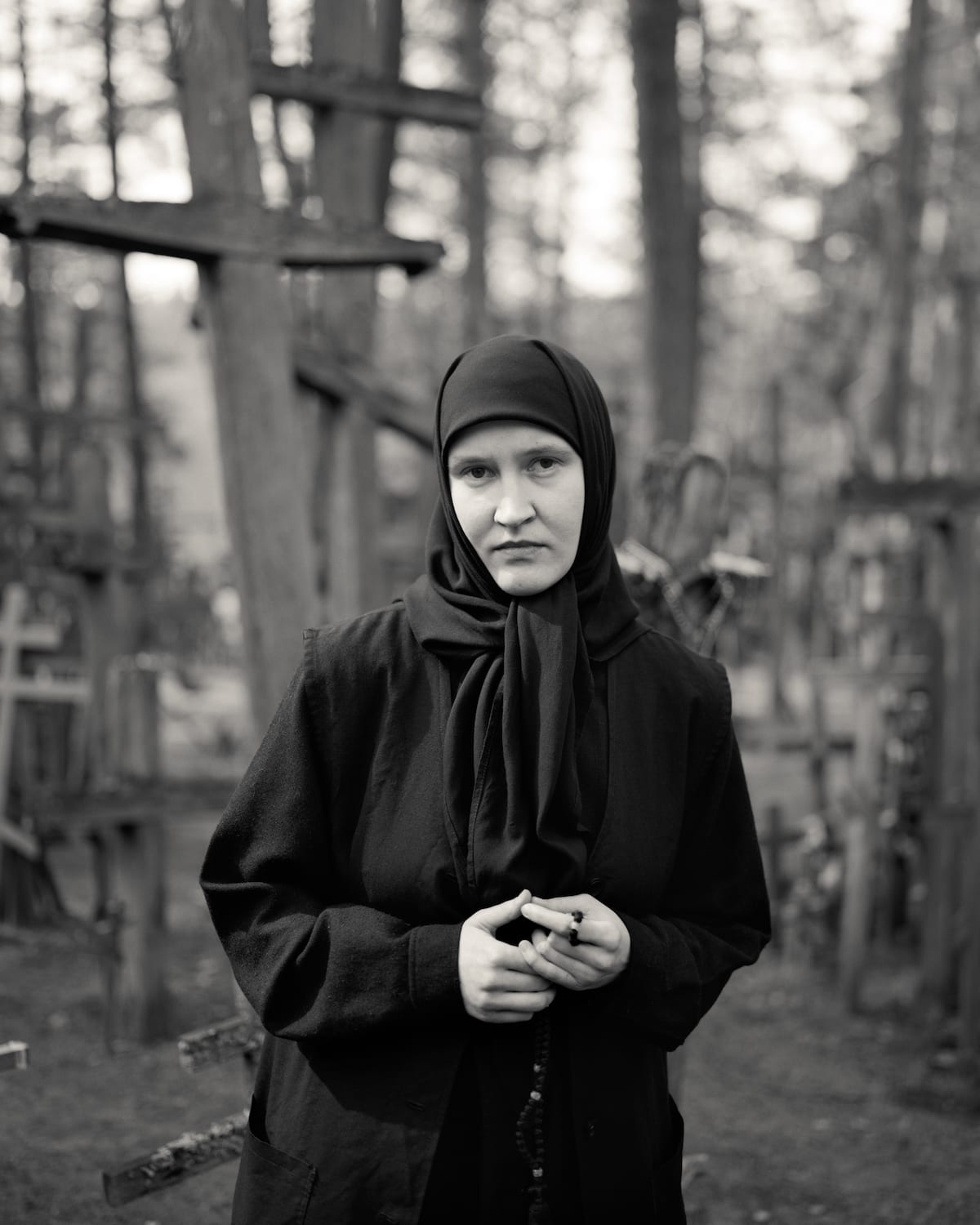
Last few hours left to apply! BJP IPA 2019 deadline: 20 December, 2018. There will be…
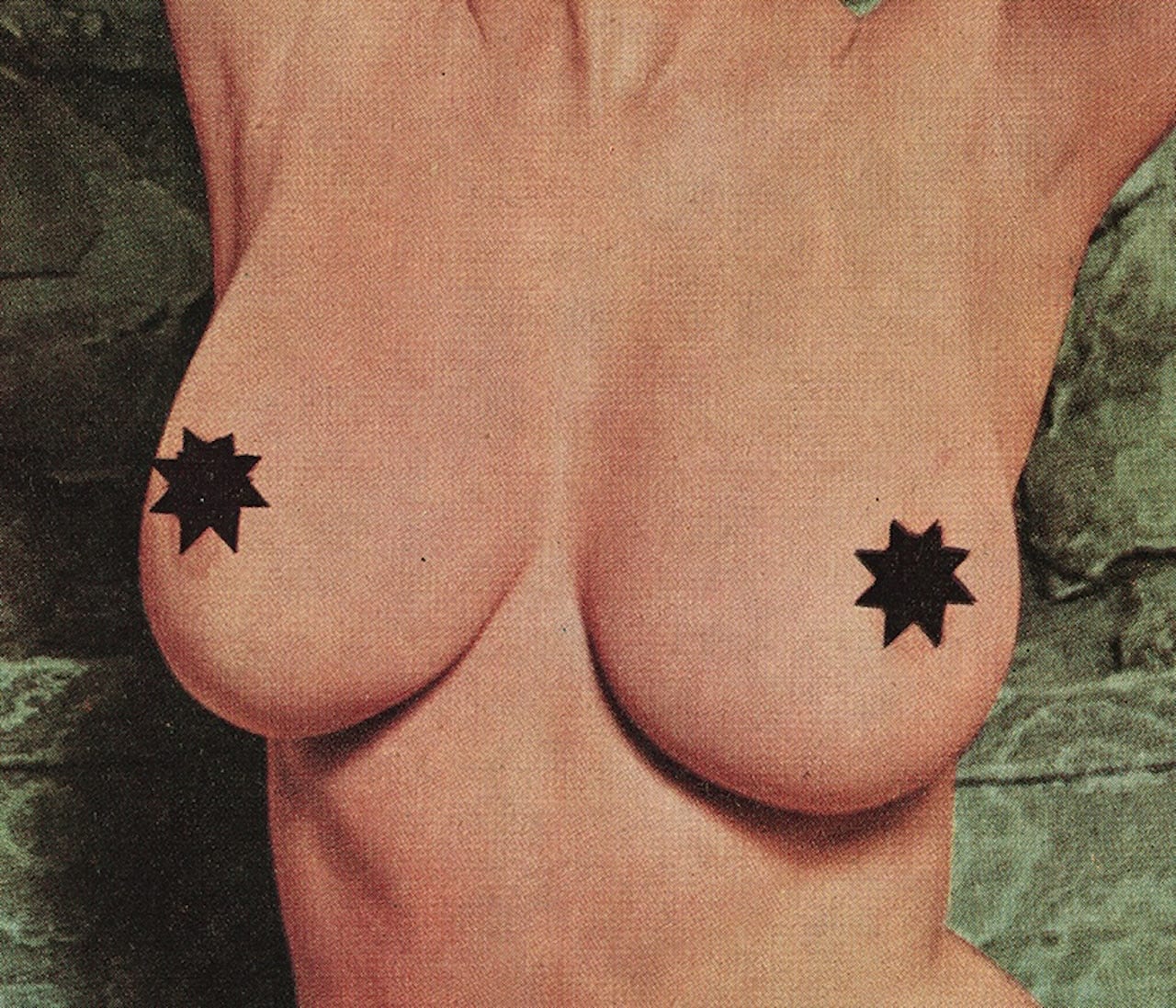
Photobooks have been booming for the last ten years or so but one prize has been there for the last 49 years – Les Prix du Livre at Arles, which was set up at the same time as the Rencontres d’Arles festival. With its long history and prestigious jury, which is this year overseen by FOAM director Marloes Krijnen, the Prix du Livre are some of the best-respected in photography.
Three Prix are up for grabs in three categories this year – the Historical Book Award, the Author Book Award, and the Photo-text Book Award, each of which come with a €6000 prize to be shared between the photographers and their publishers. The books are on show at Arles until 23 September, and the winners will be announced in the opening week.
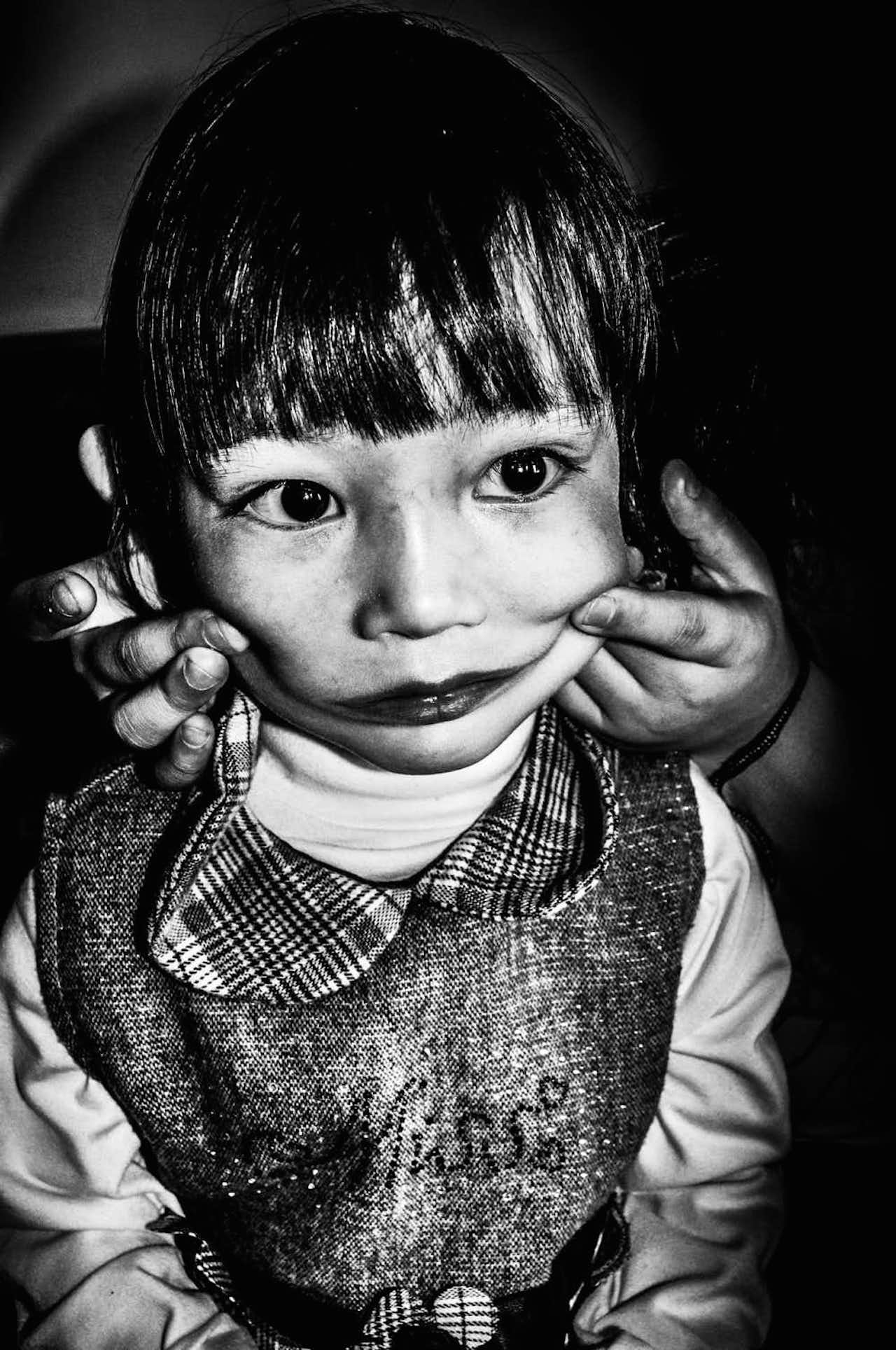
Running since 2013, the PHM Grant has a reputation for finding interesting new photographers such as Max Pinckers, Tomas van Houtryve, and Salvatore Vitale. Now the 35-strong shortlist for the 2018 has been announced, with the winners due to be announced on 08 May and four prizes up for grabs – a first, second and third in the main award, plus a New Generation Prize. Each winner gets a cash prize plus a publication on World Press Photo’s Witness, a projection at Cortona On The Move and at Just Another Photo Festival, and promotion via PHmuseum. The jury handing out the awards is made up of photography specialists – Genevieve Fussell, senior photo editor at The New Yorker; Roger Ballen, photographer and artist; Emilia Van Lynden, artistic director of Unseen; and Monica Allende, independent photo editor and cultural producer. The jury is able to give Honourable Mentions, up to six in the main prize, and up to three in the New Generation Prize.
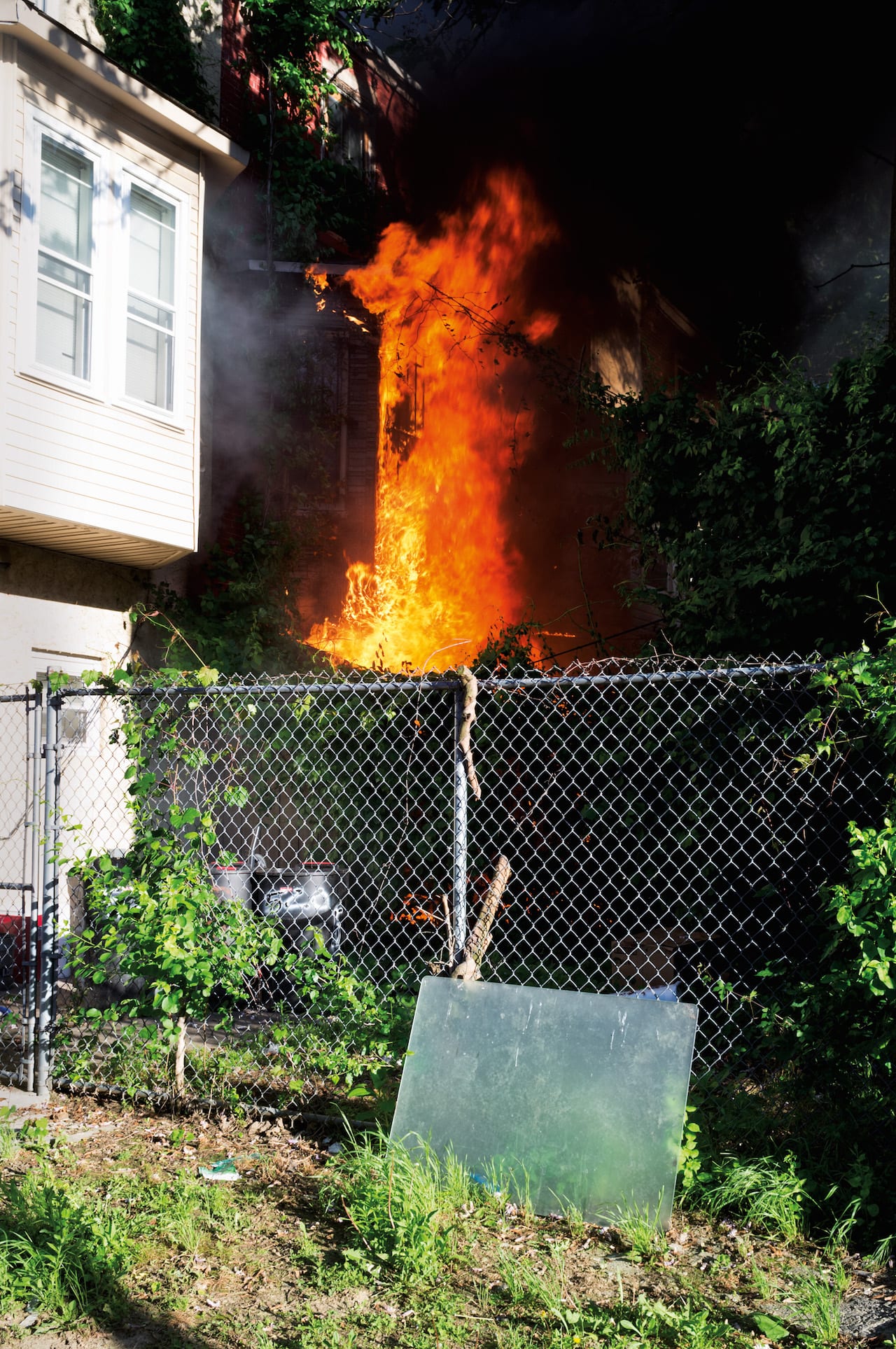
When Jordan Baumgarten and his wife moved into the neighbourhood of Kensington in Philadelphia in…
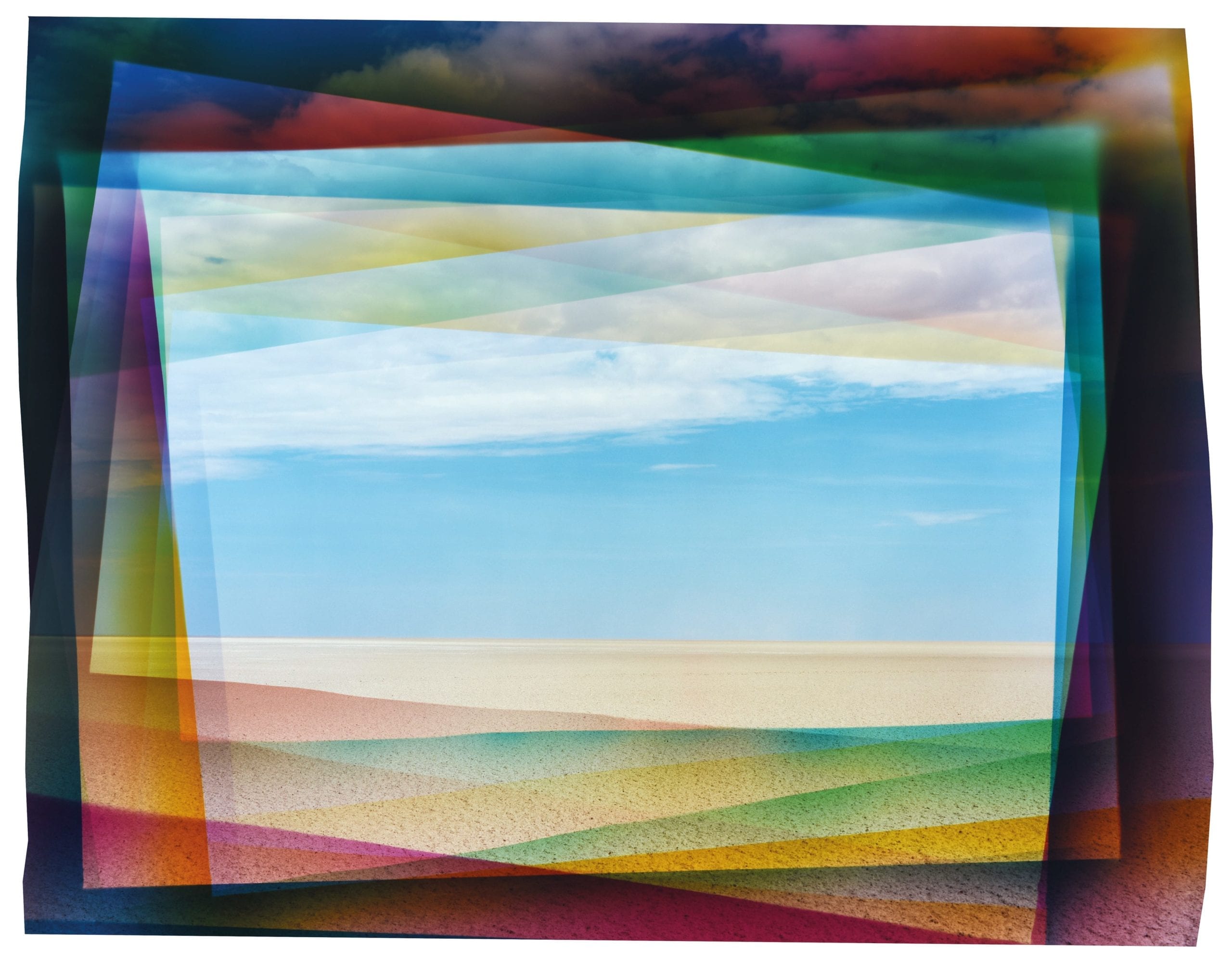
“Seventeen years later and after all that life giveth and taketh away, it is the wildness of the region that attracts me most,” writes artist Chloe Sells of Botswana, the place where she shot her latest book Flamingo. “Botswana is one of the last great completely wild, untouched and quiet corners of the earth.” In particular she was attracted to Botswana’s Makgadikgadi Salt Pans, in the heart of the Kalahari Desert, a strange and harsh, yet beautiful landscape. “I didn’t know that part of Botswana very well,” Sells admits, “but I had visited many times and been amazed by the Makgadikgadi Salt Pans; I knew I wanted to spend more time there.”